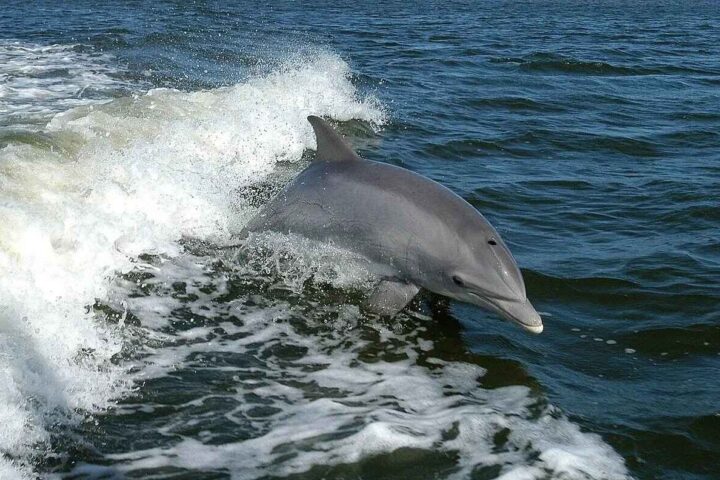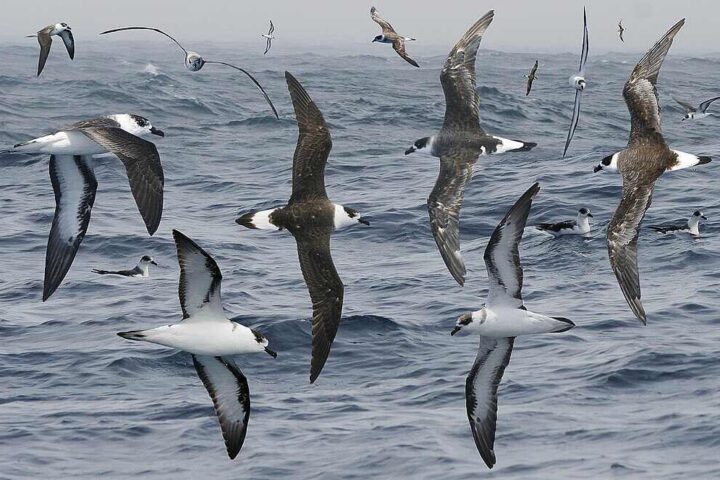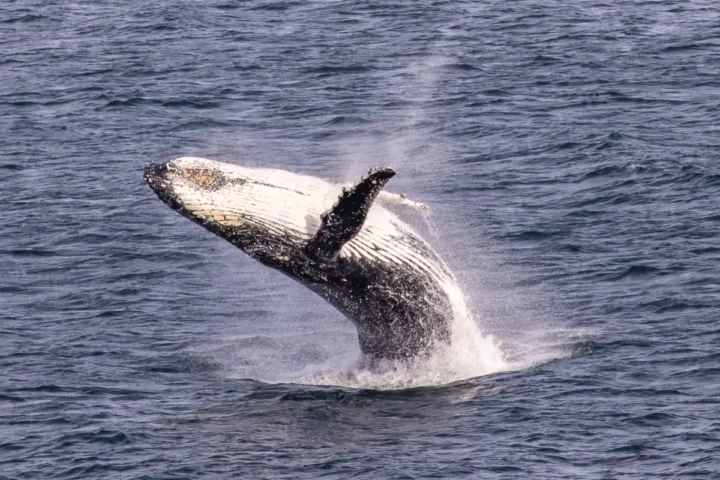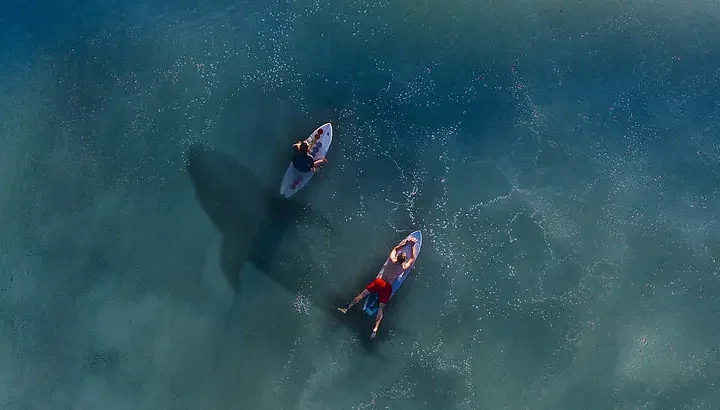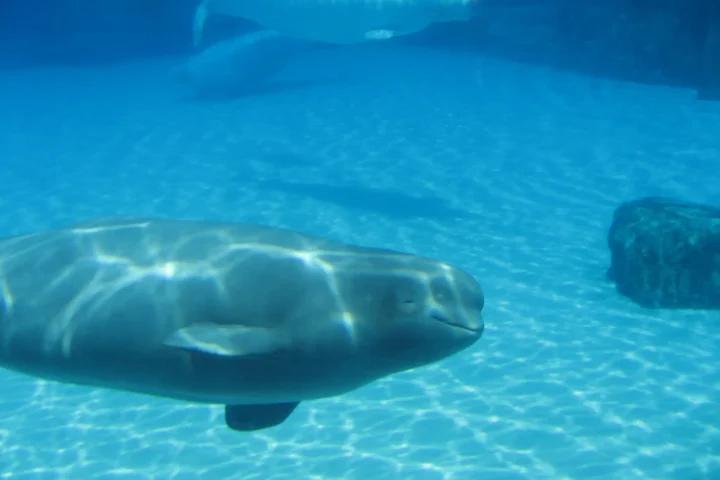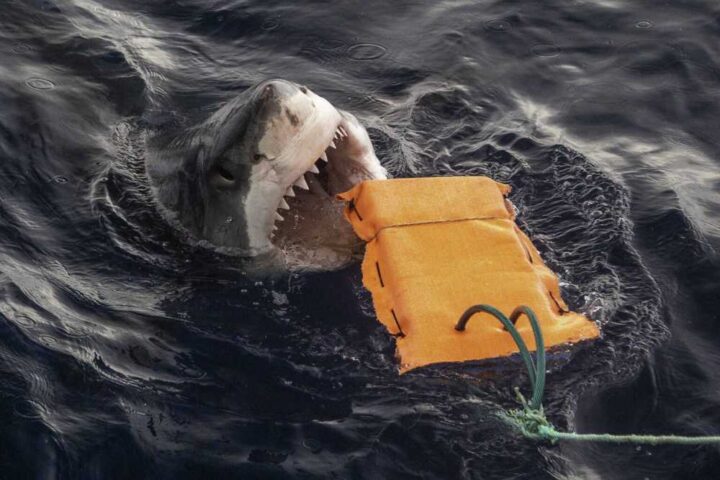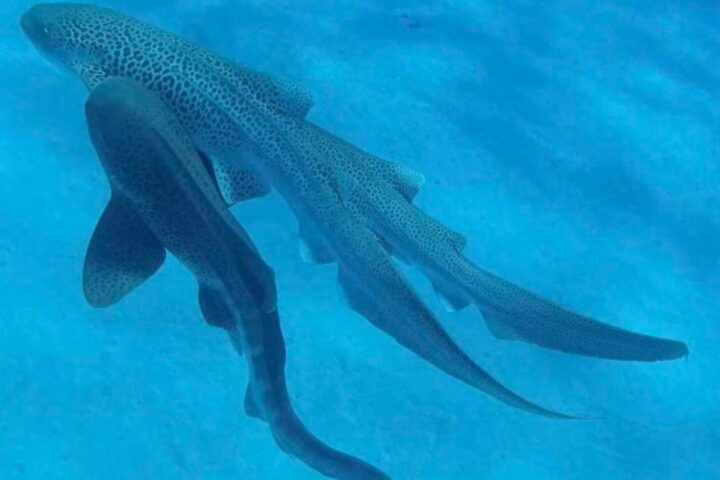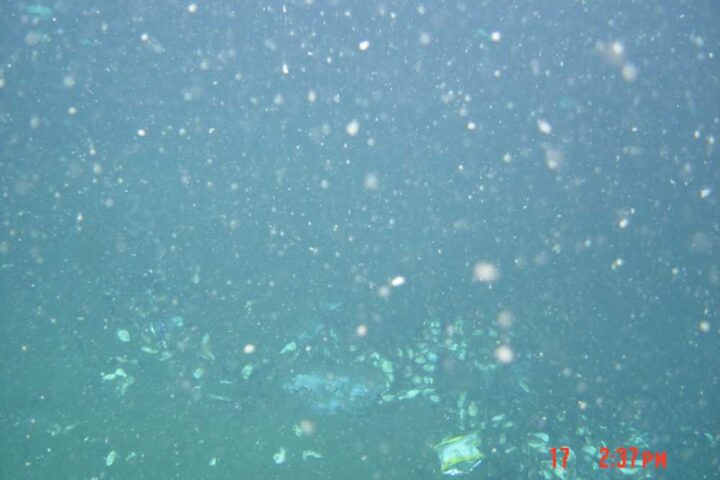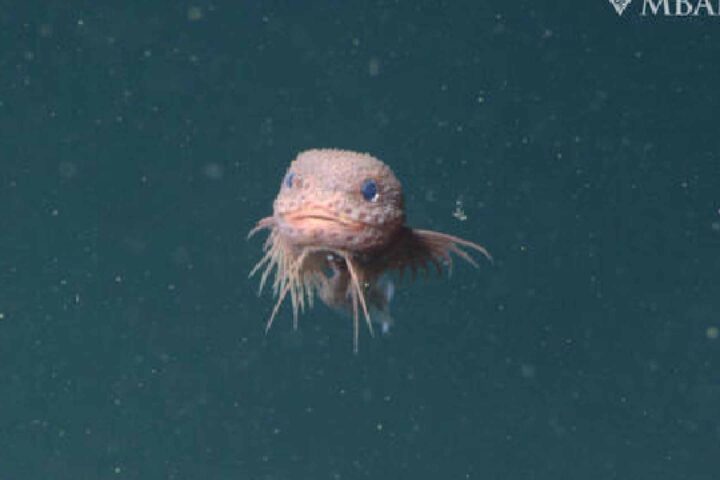A toxic algae bloom known as red tide is currently spreading along the Southern California coast, posing a threat to larger marine mammals. This harmful event is expected to persist for several more weeks and has already had devastating consequences. Experts estimate that hundreds of sea lions and dozens of dolphins have succumbed to the toxic effects of the algae bloom this month.
While fish and other animals can tolerate the algal toxin, many marine mammals and birds are unable to withstand its ingestion. This situation is particularly alarming as it endangers animals higher up the food chain, resulting in their deaths and subsequent beaching along the coast. The overwhelming number of stranded sea lions and dolphins has put a strain on ocean rescue crews.
The affected sea lions and dolphins are victims of the naturally occurring neurotoxin called domoic acid, which is produced by blooming algae in warm waters. The sight of these ocean mammals lying on Southern California beaches, poisoned by the toxic bloom, is both shocking and distressing. The Channel Islands Marine & Wildlife Institute has been inundated with calls reporting sick sea lions, dolphins, and seals throughout June.
The behavior of neurotoxins is complex, and experts are still uncertain as to why it affects some animals while sparing others. The concentration at which the toxin becomes harmful and its exact effects are not fully understood. However, the outcome remains evident, as these animals wash ashore in poor condition and, in most cases, succumb to the toxin. Justin Viezbicke from the National Oceanic and Atmospheric Administration emphasizes the severity of the situation.
Similar Post
In order to allow for the professional rescue and rehabilitation of survivors, beachgoers have been urged to stay away from sick animals. The Los Angeles Marine Mammal Care Center has reported critical conditions in mostly female sea lions, including symptoms such as lethargy, aggression, and seizures. While these symptoms typically subside within three days, the center is currently at full capacity as they strive to treat as many affected creatures as possible. Unfortunately, experts predict that the algae bloom may last up to eight weeks, intensifying the strain on rescue efforts.
The overwhelming influx of distressed marine mammals has led to more than 1,000 reports received by the Channel Islands Marine & Wildlife Institute within a week. Rescue crews are testing animals for domoic acids and developing strategies to address their health concerns. Despite the immense challenges they face, the wildlife crews request that the public continue to report incidents involving sick and injured marine mammals. Beachgoers are asked to maintain a safe distance from these animals and allow trained professionals to carry out their work.
The toxic algae are threatening marine mammals and even carry diseases harmful to pets. The National Oceanic and Atmospheric Administration emphasizes the importance of public cooperation in maintaining a safe distance and supporting dedicated responders. Pregnant sea lions and seals are affected by the red tide, making the situation urgent. The increasing frequency of algal blooms in Southern California points fingers at the impact of global warming. Efforts are ongoing to mitigate the current red tide crisis and address the underlying factors contributing to the rise in algal blooms in the region.



